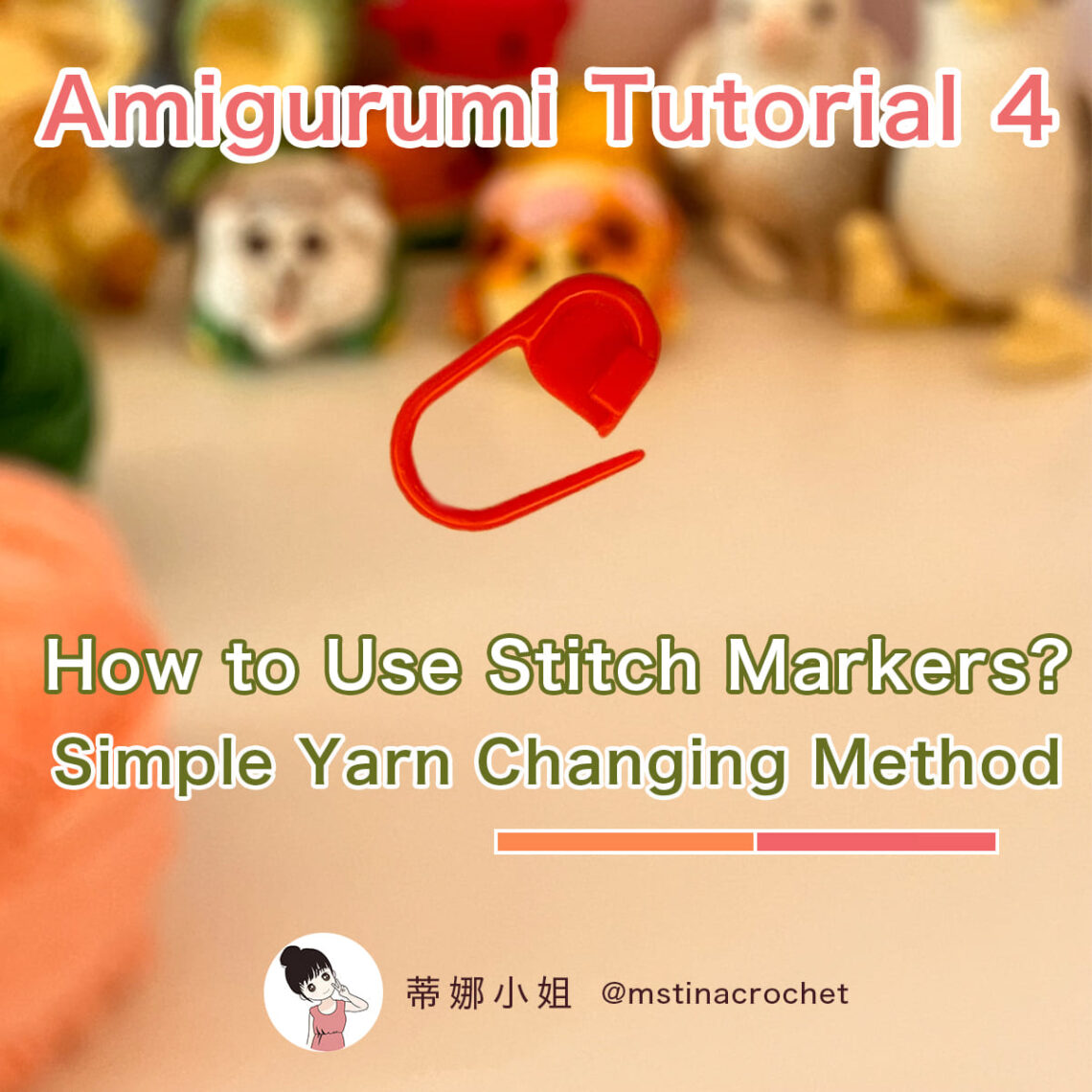
Usage of Stitch Markers & Effective Joining Methods for Changing Yarn and Colors – Amigurumi Tutorial 4
Have you ever worried about miscounting stitches while knitting? Like me, if you enjoy knitting while watching TV shows, you might sometimes lose track of your progress… These stitch-counting issues significantly improved for me after I started using a small tool, especially for beginners. It helps ensure accurate crochet practice. So, I highly recommend newcomers to get some extras of this little tool called “stitch markers.”

Stitch markers, also known as row counters or stitch rings, come in various designs on the market, but they all share one common feature: an opening.
For circular knitting, the usage of stitch markers involves placing a marker on the first stitch of a round, and the frequency of use is to place a marker at the beginning of each round, as demonstrated in the diagram below:
Steps for using a stitch marker
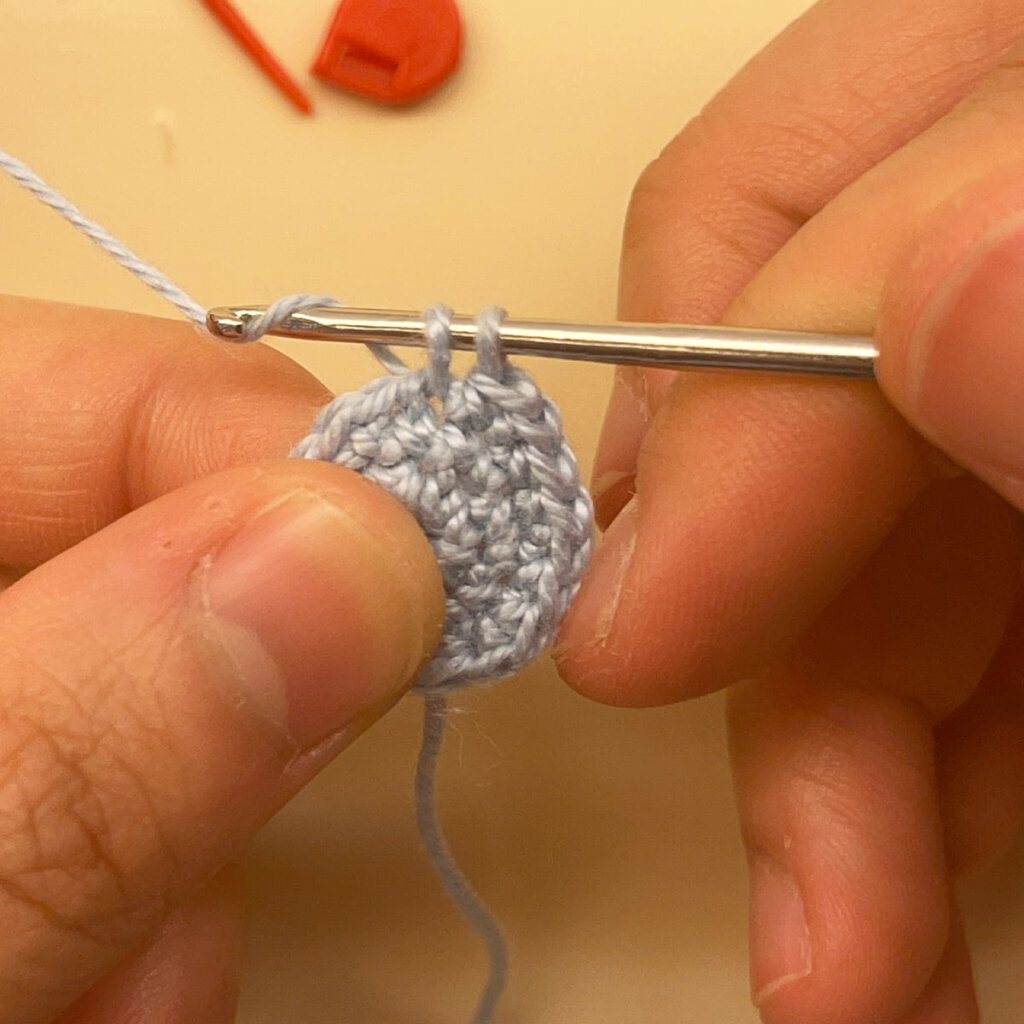
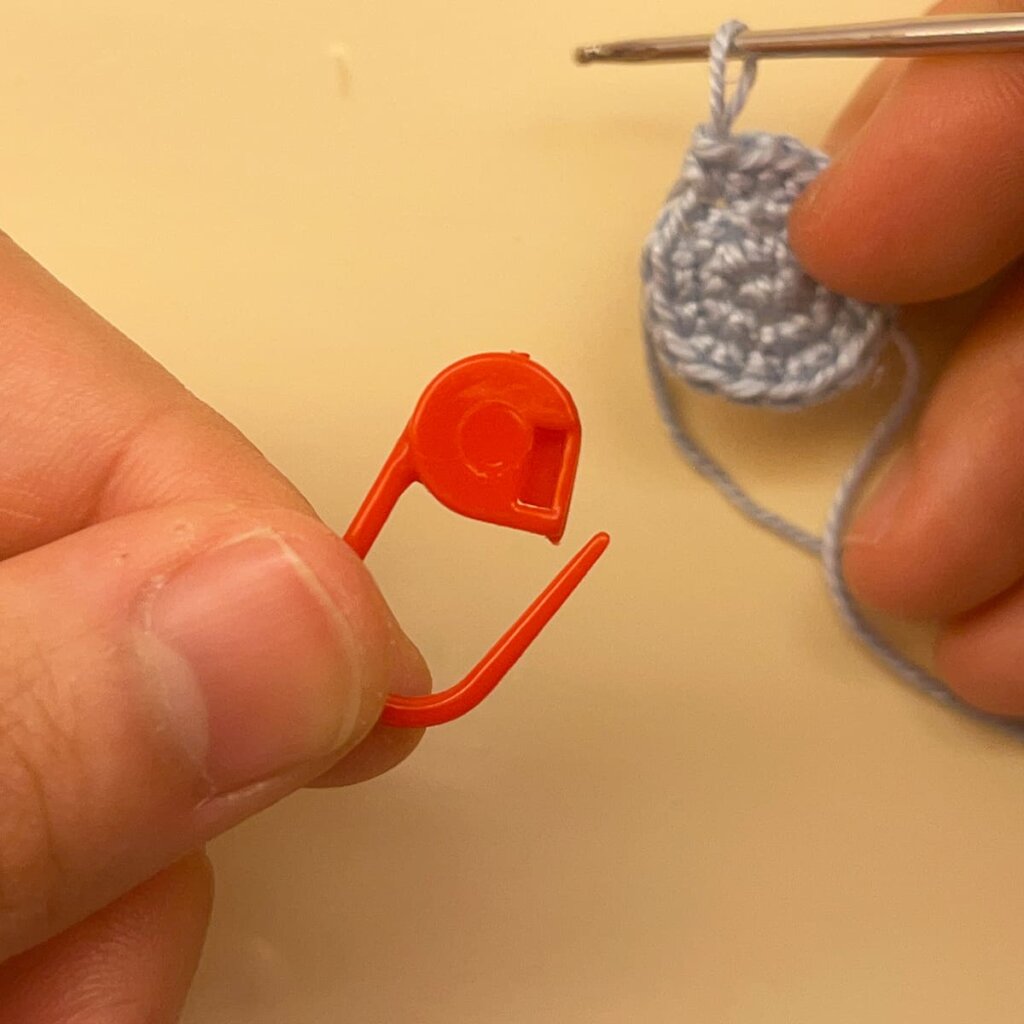
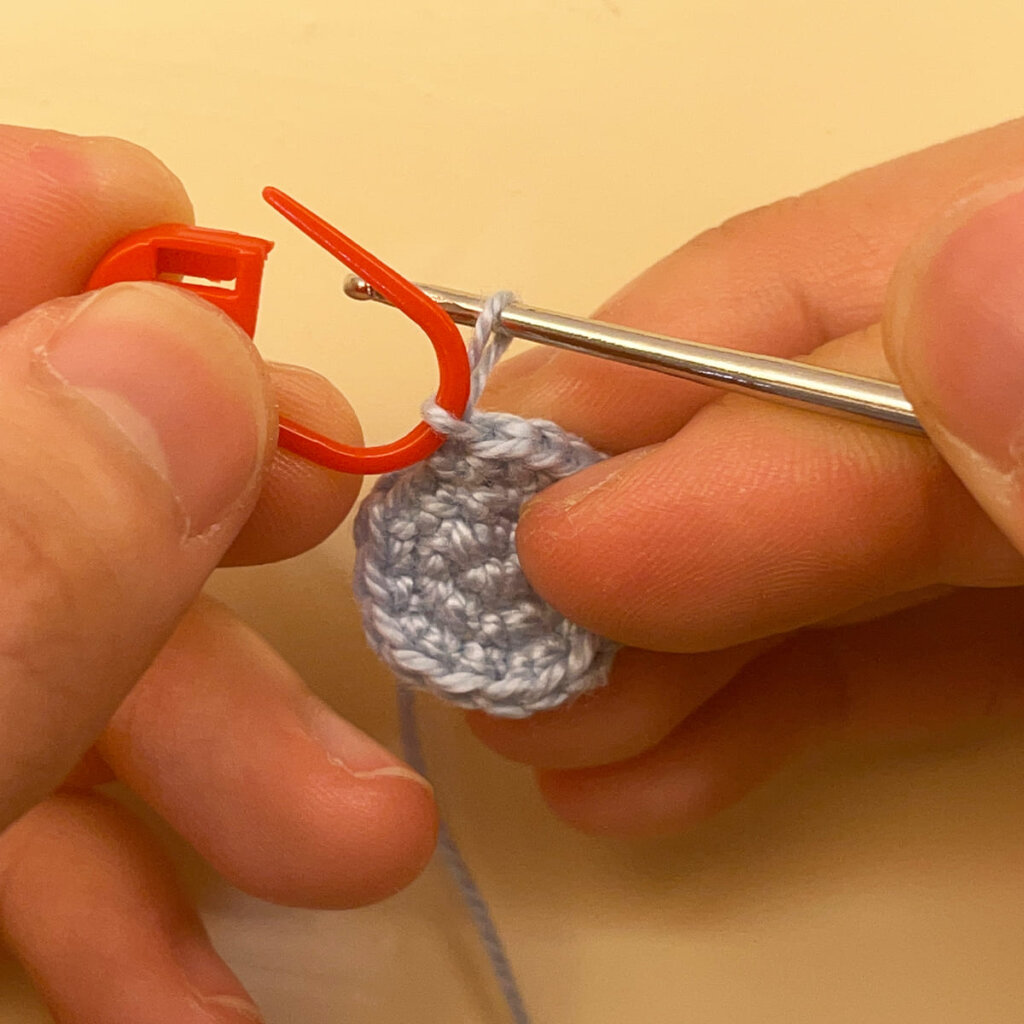
Considerations for using a stitch marker
The stitch marker should only be placed around the outside of the stitch. When you unravel your work, having the stitch marker hooked around only half of the stitch will anchor it in place. This allows you to easily locate the first stitch of the round by following the stitch marker. Conversely, if the stitch marker is fully secured around the stitch, it will easily slip off when pulled, making it difficult to find the original marked position.
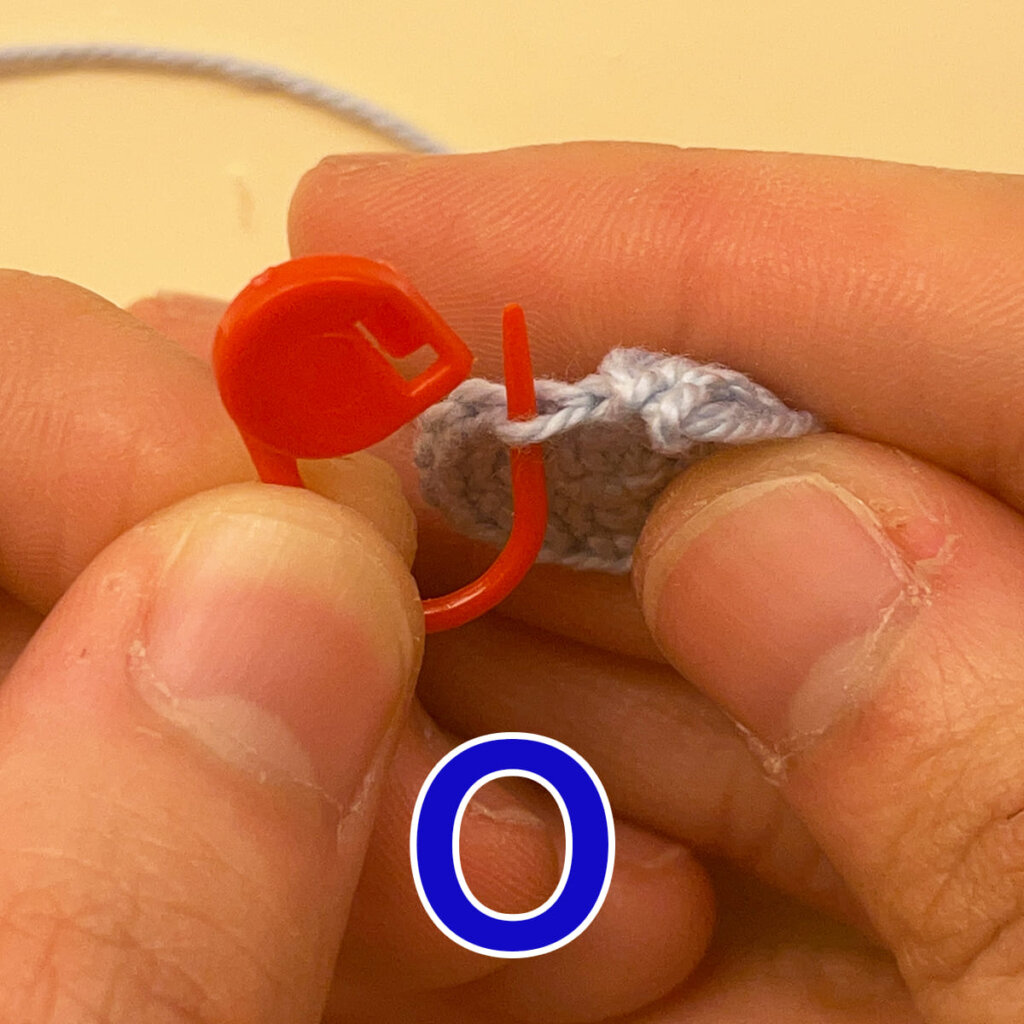
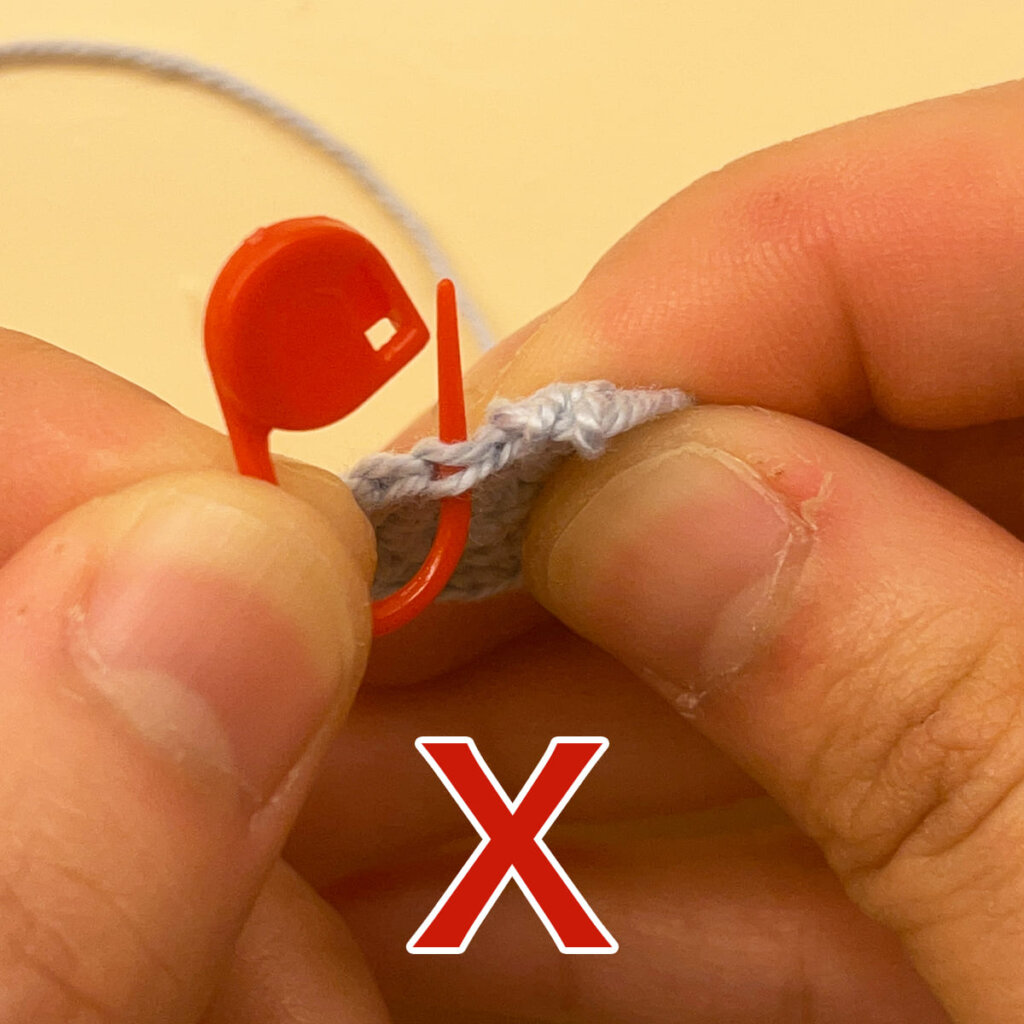
Common Methods for Joining Yarn in Knitting
Now that you understand how to use stitch markers, let’s extend our learning to joining yarn! Sometimes, when the yarn isn’t enough, you need to join yarn to continue crocheting, or you might need to change colors. You can refer to the following two methods to accomplish this.
Method 1: Simple Knot Fixation
Tying a single knot is quick and efficient, but tying two knots can provide added security and reduce the likelihood of the join coming undone. See which method you prefer!

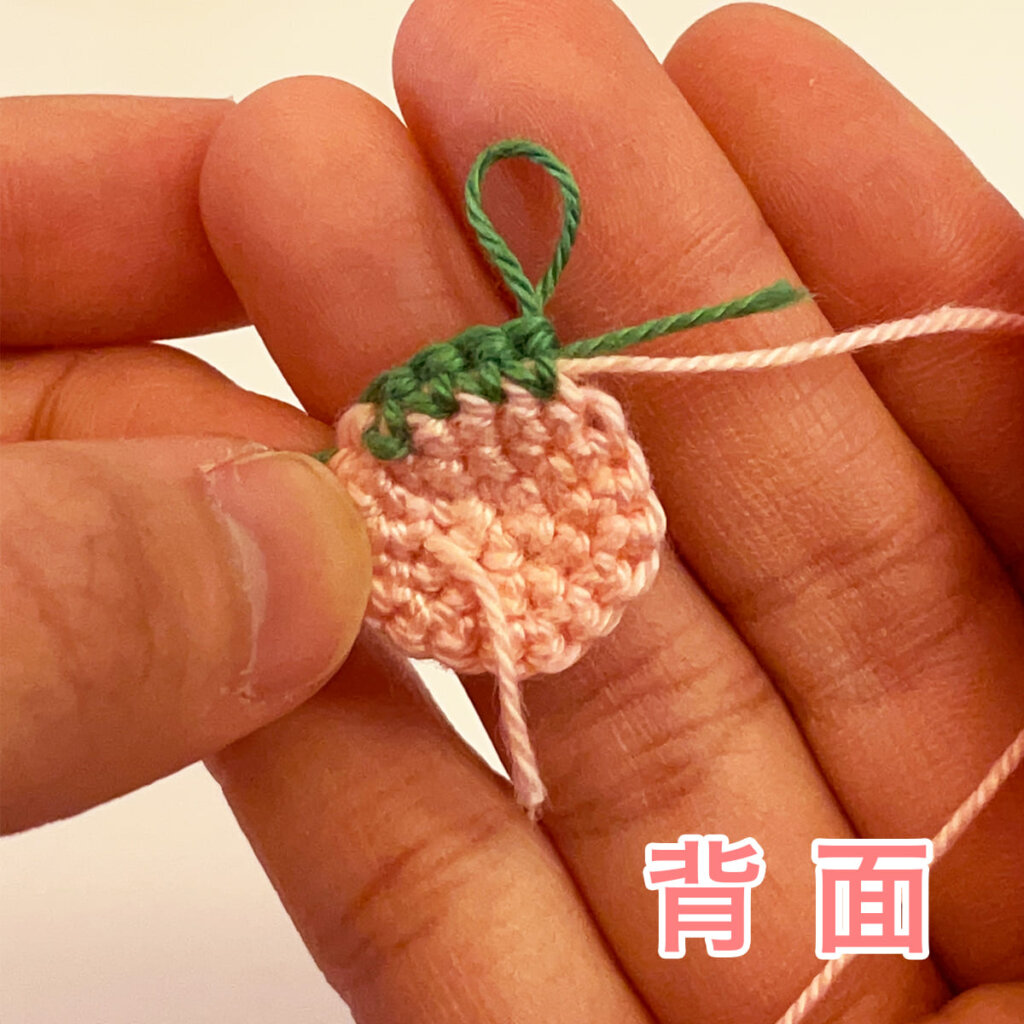
Method 2: changing yarn without tying a knot using a slip stitch.
When crocheting in the round, there are situations where you need to change yarn without tying a knot. You simply insert the new yarn directly into the stitches and continue crocheting. This technique is commonly used for parts like the arms, body, and head of amigurumi dolls, allowing them to have more colorful and vibrant features.
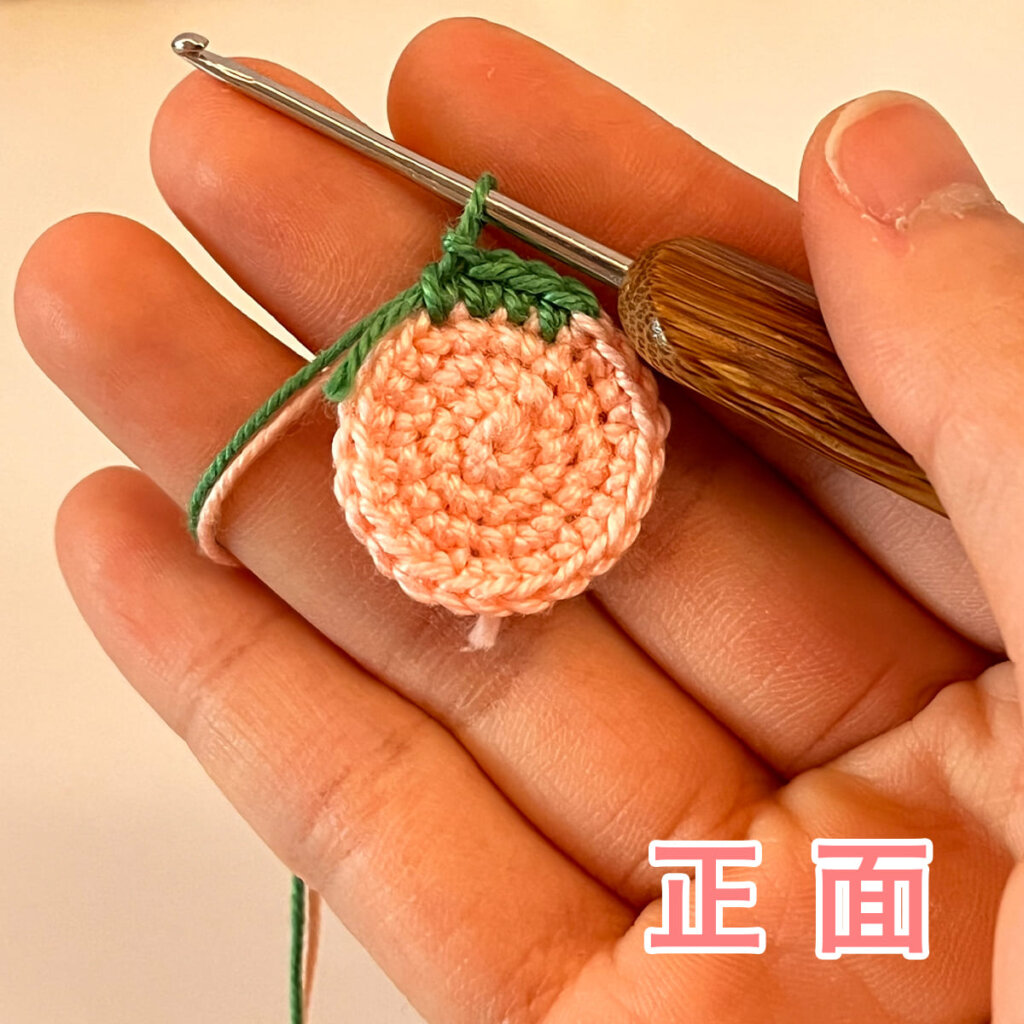
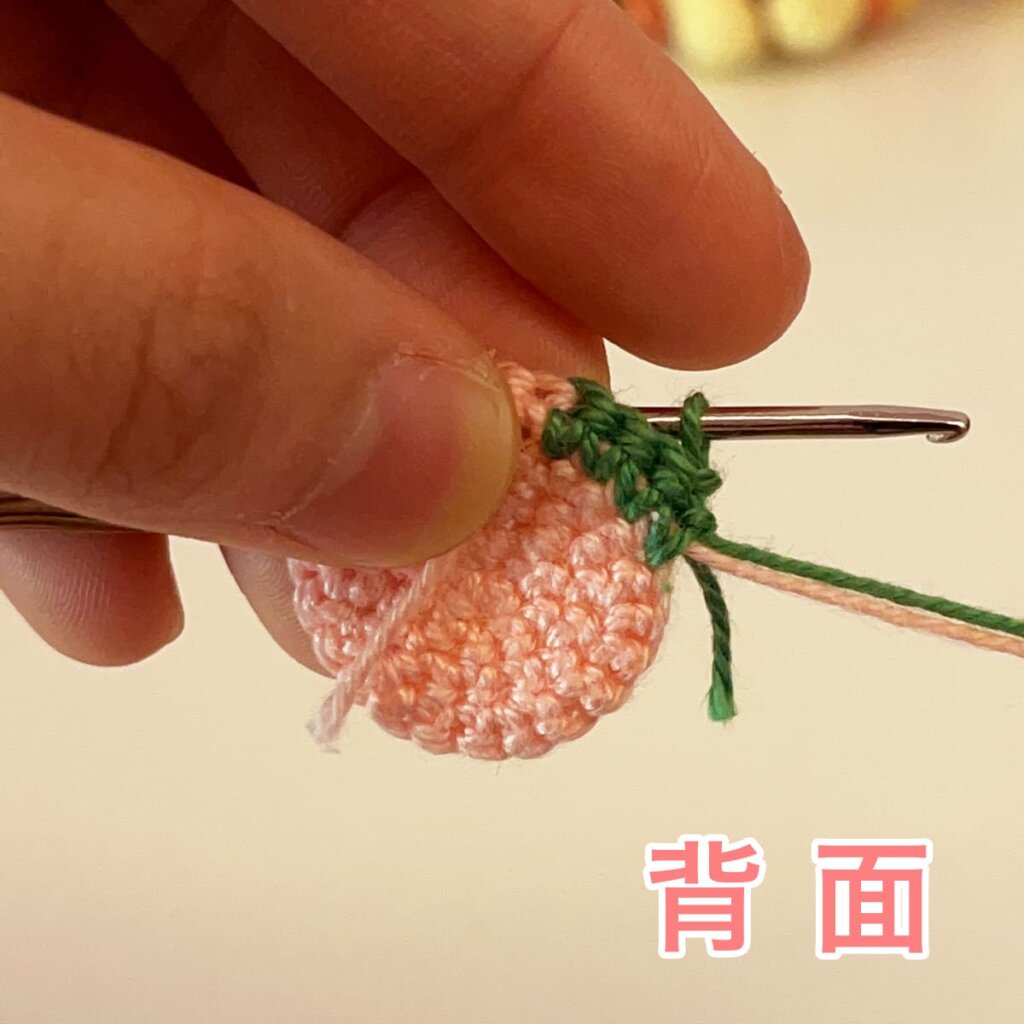
❈ Read more ❈



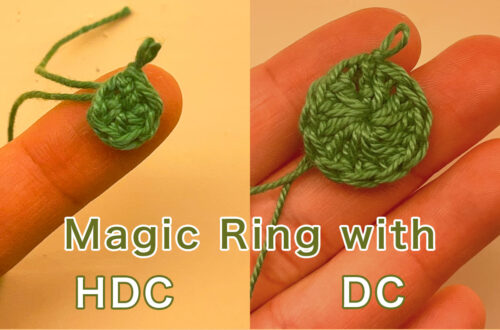
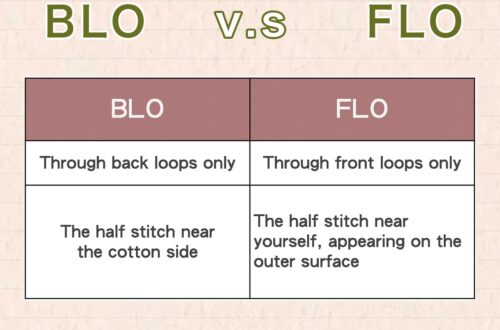
2 Comments
Pingback:
Pingback: